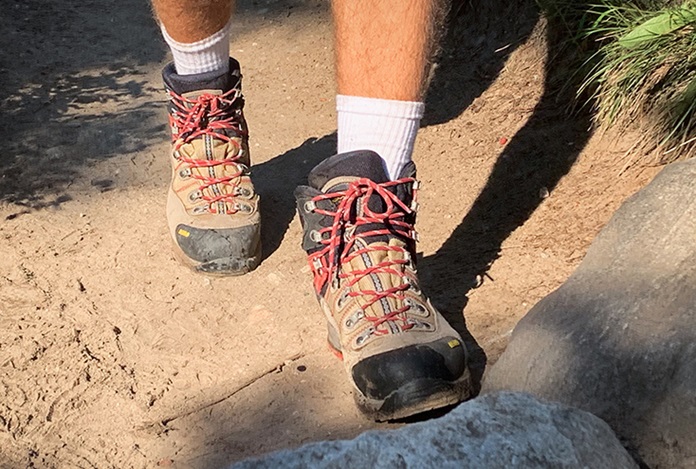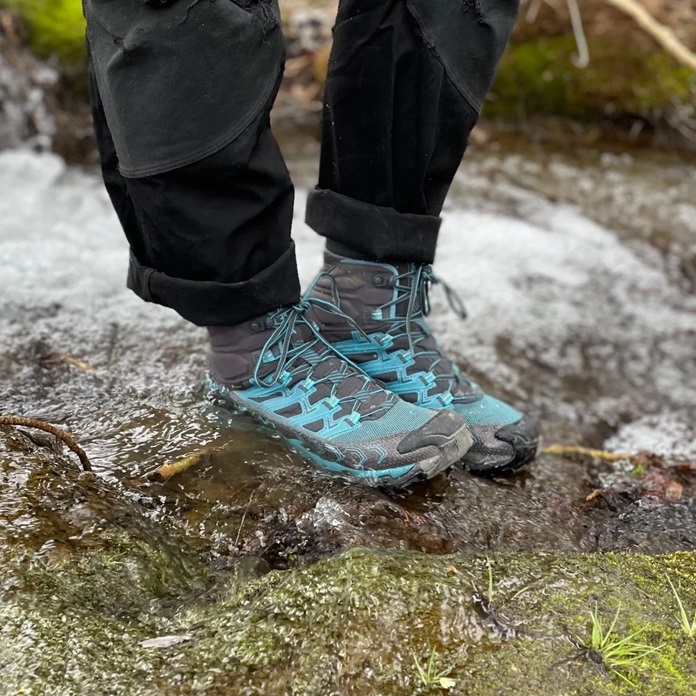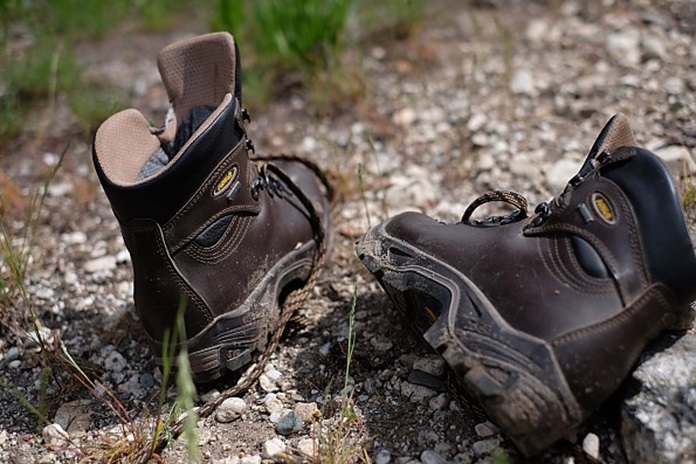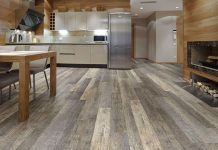
All right, buckle up! Embarking on a hiking adventure without the right pair of boots is like trying to swim without water—inevitably uncomfortable and likely to end in a bit of a mess. Hiking waterproof boots aren’t just a fashion statement for the trails; they are your trusty companions, supporting your every step and ensuring a comfortable journey. In the vast world of hiking boots, several key features demand your attention to make the right choice.
Features of the Right Hiking Boots

The Sole
Let’s start with the basics—the sole. Think of it as the foundation layer. A good hiking boot sole should provide stability, support, and traction. Double-density midsoles and Vibram™ soles, known for their durability and grip, are a popular choice among hikers. The lug pattern on the sole is crucial; deeper lugs offer better traction on challenging terrains, from slippery rocks to muddy trails.
Ankle Support
Ankle support is a hot topic in the hiking boot world. High-cut boots offer increased ankle stability, reducing the risk of twists and sprains. They’re particularly beneficial on uneven terrain and rocky paths. However, if you prefer more flexibility or are tackling less challenging trails, mid-cut boots might be a more comfortable option.
Materials
The material of the boot plays a significant role in its durability and weight. Full-grain leather is robust and water-resistant but tends to be heavier. On the other hand, boots made from synthetic materials are lighter and often more breathable, making them a great choice for day hikes or warm weather.
Waterproof Features

Waterproof hiking boots are a crucial investment for outdoor enthusiasts due to the numerous benefits they offer in challenging and unpredictable terrain. Hiking often involves traversing various landscapes, from damp forests to rocky mountain trails, where encountering water is almost inevitable. Here are a few compelling reasons why hiking waterproof boots are a must-have.
• Weather Protection: Weather conditions can change rapidly during a hike. Waterproof boots act as a barrier against rain, snow, and puddles, keeping your feet dry and preventing discomfort. Wet feet not only lead to discomfort but can also increase the risk of blisters and fungal infections.
• Temperature Regulation: In addition to keeping water out, waterproof boots also play a role in temperature regulation. Wet feet in cold conditions can lead to a significant loss of body heat, increasing the risk of hypothermia. Waterproof boots help maintain a comfortable temperature by keeping moisture away from your feet.
• Terrain Versatility: Hiking trails often involve crossing streams, walking on wet grass, or navigating through muddy paths. Waterproof boots provide the versatility needed to tackle diverse terrains without the fear of soggy, uncomfortable feet.
• Durability: Hiking waterproof boots are typically constructed with durable materials that can withstand rough conditions. The waterproof membranes and reinforced seams not only keep water out but also contribute to the overall longevity of the boots, ensuring they can endure the wear and tear of challenging hikes.
• Foot Health: Keeping your feet dry is essential for maintaining foot health. Prolonged exposure to moisture can lead to various foot problems, including blisters, athlete’s foot, and other fungal infections. Waterproof boots act as a preventive measure, reducing the risk of these issues.
How Long Do Waterproof Boots Stay Waterproof?
Depending on the frequency of your hikes and the weather conditions you wear them in, the waterproof ability of the boots for hiking could last for a couple of years without any aftercare. However, if you are an avid hiker, you should reproof them 3 to 4 times a year. Waterproofing sprays are a game-changer, especially if you’re trekking through dewy meadows, crossing streams, or facing unexpected rain. Waterproof membranes like Gore-Tex keep your feet dry without sacrificing breathability. A breathable boot ensures that your feet stay comfortable by allowing moisture to escape, preventing that unpleasant clammy feeling.
Choosing the Proper Fit Is Essential

Now, let’s talk about the importance of proper fit. Ill-fitting boots can turn your hiking dream into a blister-filled nightmare. When trying on boots, make sure there’s enough wiggle room for your toes, but not so much that your foot slides around. Pay attention to the width as well; a snug fit prevents your foot from moving within the boot, reducing friction and the likelihood of blisters.
What Kind of Hiker Are You?
Consider the type of hiking you plan to do. Are you a casual day hiker, a weekend warrior, or a backcountry explorer? The intensity and duration of your hikes will influence the features you prioritize for your perfect gear for hiking. Long-distance hikers might lean towards lightweight, breathable boots, while those tackling rough terrain might prioritize durability and support.
Don’t forget about the break-in period. Even the most high-tech boots need a little time to mould to your feet. Wear them around the house, take short walks, and gradually increase the distance. This helps prevent painful blisters and ensures that your boots are ready for the trail.
The Takeaway
Investing in waterproof hiking boots is a practical decision for anyone who enjoys outdoor activities. The protection they provide against the elements, coupled with their durability and foot health benefits, makes them an indispensable piece of gear for a comfortable and enjoyable hiking experience. Choosing the right hiking boots is a crucial step in ensuring a comfortable and enjoyable outdoor experience. From the sole to the material, waterproofing, and fit, each feature contributes to the overall performance of the boot. So, before you lace up and hit the trail, invest some time in finding the perfect pair—your feet will thank you!















